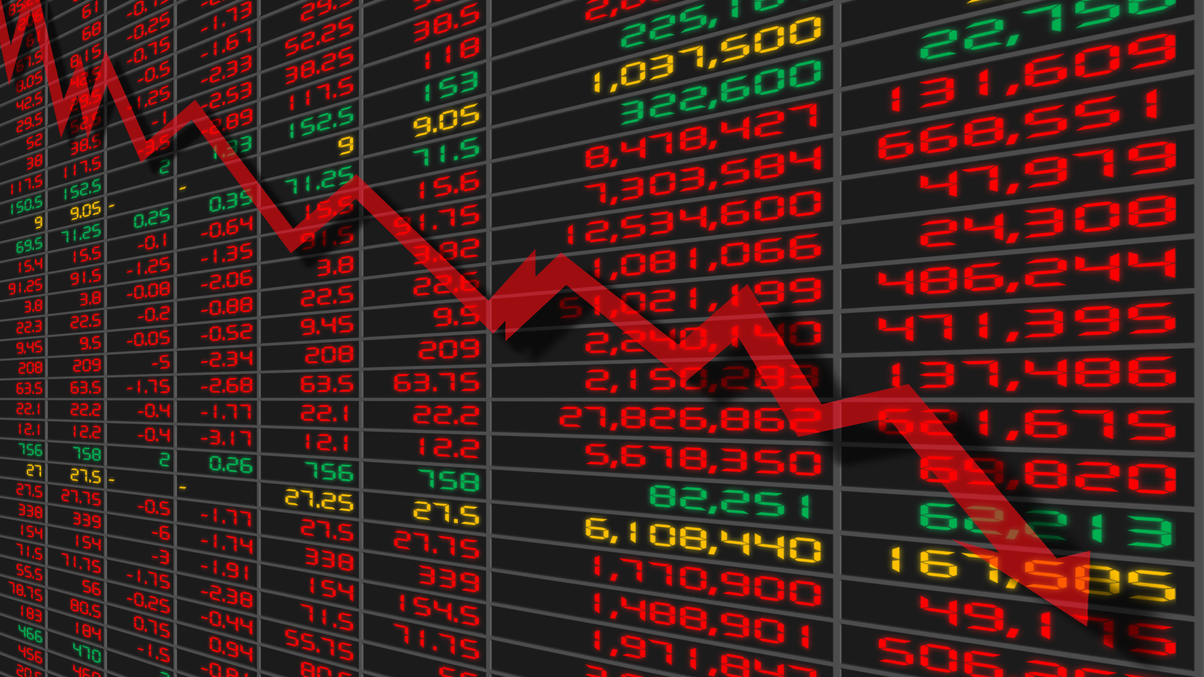Instos share key lessons from 2008 financial crisis
In the second of a two-part series, we asked asset owners where they see overvaluation in markets today and the key lessons learned from the global financial crisis.

The world marked the 10-year anniversary of the collapse of US investment bank Lehman Brothers over the weekend. It was among the more high-profile casualties that sent the global economy into a downward spiral and towards what we would eventually call the global financial crisis or GFC.
Sign in to read on!
Registered users get 2 free articles in 30 days.
Subscribers have full unlimited access to AsianInvestor
Not signed up? New users get 2 free articles per month, plus a 7-day unlimited free trial.
¬ Haymarket Media Limited. All rights reserved.


